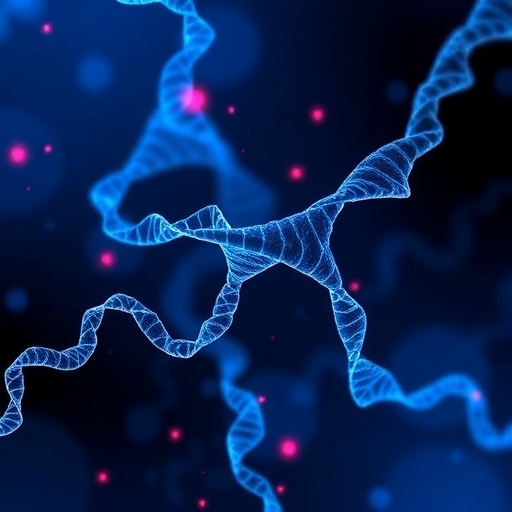Astrophysicists everywhere are thrilled about yesterday's news that the LIGO experiment has detected its third set of gravitational waves. Predicted more than a century ago by Albert Einstein, and finally detected by LIGO for the first time in 2015, gravitational waves have opened an entirely new way of observing the universe's most violent events.
The origin of each of the trio of gravitational wave events LIGO has recorded to date appears to be the cataclysmic collision of a pair of monstrous black holes. Before LIGO, astronomers had no evidence that these kinds of black holes, with masses dozens of times that of our Sun's, even existed. A major new mystery is just how these enormous black holes form and, for that matter, how two such black holes end up paired in a gravitational "death dance," spiraling inward and eventually crashing together.
Three researchers recently participated in a roundtable discussion, hosted by The Kavli Foundation, focused on this very mystery. The researchers are using powerful computer simulations and observations from telescopes to identify the cosmic environments that spawn colliding black holes.
Much of the evidence–including new data from LIGO's most recent discovery–points to dense star clusters, called globular clusters, as ground zero. These dazzling, celestial "snow globes" are filled with hundreds of thousands of closely packed stars. Researchers increasingly think that globular clusters have dark "hearts," loaded with dozens to even hundreds of black holes–by far the greatest concentration of these exotic objects found anywhere in the universe.
If so, globular clusters would provide an ideal environment for the black hole smash-ups that unleash gravitational waves.
"The assumption used to be that globular clusters couldn't retain black holes," says Rainer Spurzem, a professor at the Kavli Institute for Astronomy & Astrophysics (KIAA) at Peking University and the Chinese Academy of Sciences. "But that's not what computer simulations by me and my colleagues, as well as in work by Carl [Rodriguez] and others, are now showing."
Rodriguez, a Pappalardo Postdoctoral Fellow and a postdoctoral scholar at the Massachusetts Institute of Technology (MIT), as well as a member of MIT's Kavli Institute for Astrophysics and Space Research, also participated in the roundtable discussion. He notes that in globular clusters, the "extreme density of stars allows for dynamical processes you don't see other places in the universe. Black holes can come close enough to one another that they'll undergo gravitational interactions and form a pair."
Once paired, the black holes become a ticking time bomb, counting down to an explosion of gravitational radiation that can be sensed here on Earth, by LIGO, billions of light years from its source.
"Rainer and Carl are creating computer simulations based on theoretical models, while my team is gathering observational evidence for the existence of black holes in globular clusters," says Jay Strader, an assistant professor in the department of physics and astronomy at Michigan State University. "At the moment, we're reaching the same conclusions, that globular clusters can keep their black holes. And if that's the case, then globular clusters could be where black holes often collide and create gravitational waves."
###
Read the full conversation with Spurzem, Rodriguez, and Strader on The Kavli Foundation website: http://www.kavlifoundation.org/science-spotlights/did-starry-"mosh-pit"-spawn-ligo's-gravitational-waves
PLEASE NOTE: CONTENT PRODUCED BY THE KAVLI FOUNDATION, INCLUDING QUOTES FROM THE RESEARCHERS, IS FREE TO USE WITH ATTRIBUTION AND A LINK BACK TO THE SOURCE TEXT.
Media Contact
Jim Cohen
[email protected]
805-278-7495
@kalvifoundation
http://www.kavlifoundation.org/
############
Story Source: Materials provided by Scienmag




